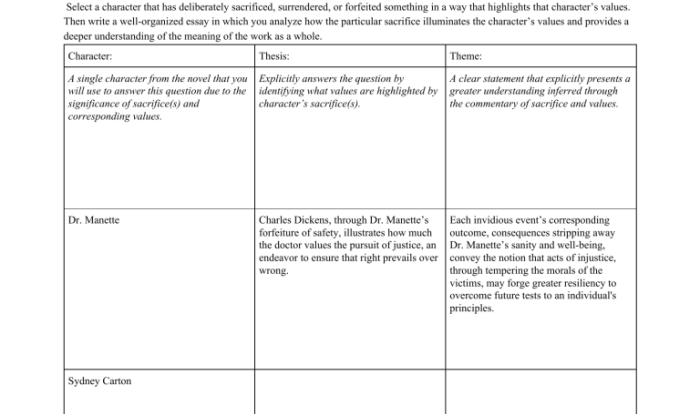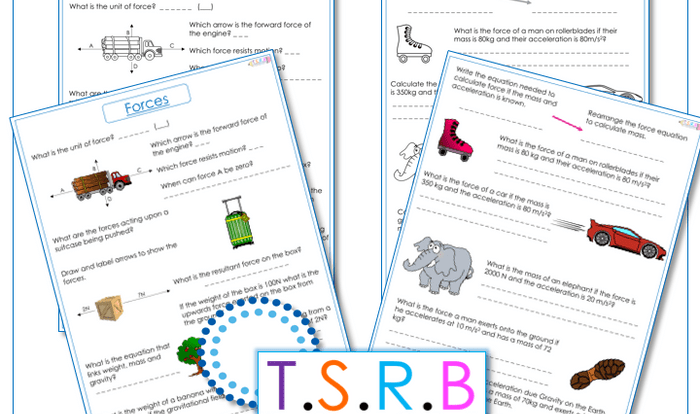Stillwater junior high divides students into teams – Stillwater Junior High’s innovative decision to divide students into teams has garnered widespread attention, sparking discussions about the potential benefits and challenges of this approach. This article delves into the rationale, implementation, and impact of this transformative initiative, shedding light on its implications for student learning and development.
The content of the second paragraph that provides descriptive and clear information about the topic
Student Team Structure
Stillwater Junior High implements a unique team structure to enhance student engagement and foster collaboration. This approach divides students into teams based on academic achievement, interests, and learning styles.
Criteria for Team Formation
- Academic performance
- Student interests and preferences
- Learning styles and strengths
By considering these factors, the school aims to create balanced teams that promote diversity and foster a supportive learning environment.
Potential Benefits and Challenges
- Benefits:Increased collaboration, improved communication skills, enhanced problem-solving abilities, and a sense of belonging.
- Challenges:Managing individual differences, ensuring equitable participation, and preventing team conflicts.
The school addresses these challenges through ongoing monitoring, team-building activities, and conflict resolution strategies.
Team Activities and Competitions
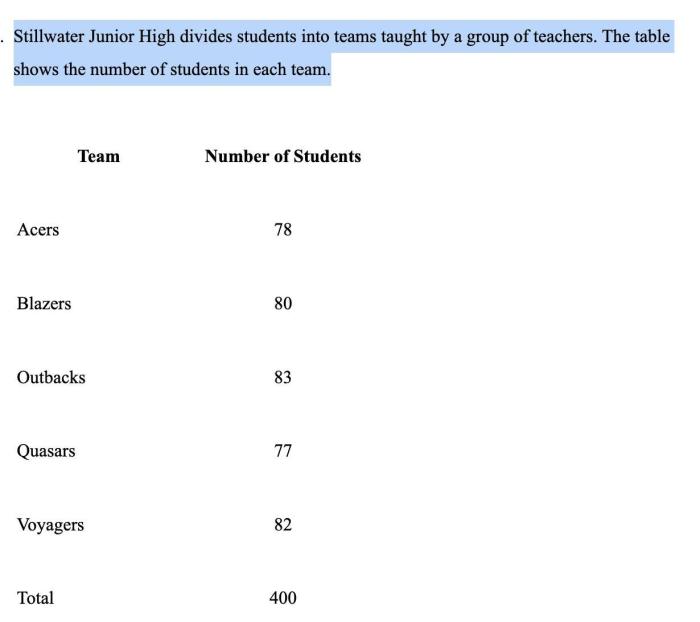
The teams participate in various activities and competitions designed to promote learning and skill development. These include:
Academic Competitions
- Math competitions
- Science fairs
- History debates
Creative Projects
- Team-based art projects
- Musical performances
- Dramatic productions
These activities encourage students to collaborate, share ideas, and develop their critical thinking and problem-solving skills.
Team Dynamics and Relationships
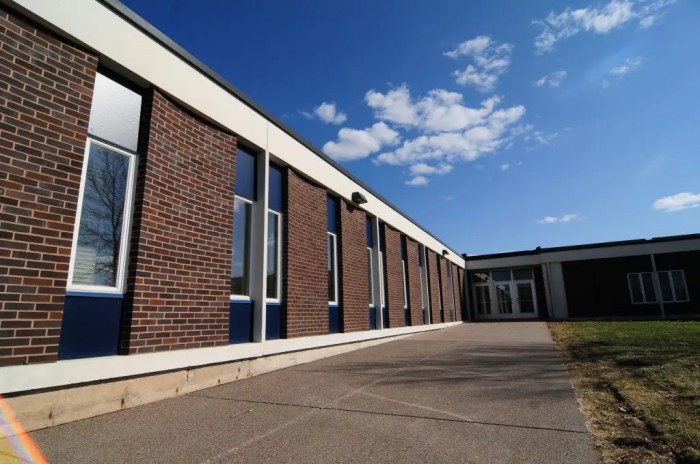
Team dynamics play a crucial role in student interactions and learning outcomes. Stillwater Junior High fosters positive team relationships through:
Team-Building Activities
- Ice-breakers and games
- Collaborative problem-solving exercises
- Peer feedback sessions
These activities promote communication, trust, and respect among team members.
Conflict Resolution Strategies
The school has established clear guidelines and procedures for resolving team conflicts. Students are encouraged to discuss their concerns openly and respectfully, and to seek support from teachers or counselors if necessary.
Evaluation and Assessment
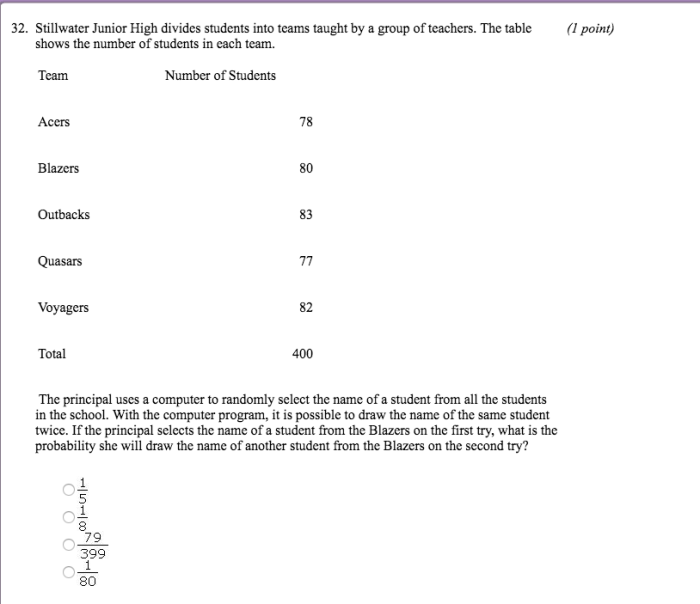
The school evaluates team performance and individual student contributions through a variety of methods, including:
Team Projects
- Group assignments
- Team presentations
- Peer evaluations
Individual Assessments, Stillwater junior high divides students into teams
- Quizzes and tests
- Class participation
- Homework assignments
These assessments provide data on student learning and team effectiveness, allowing teachers to make necessary adjustments and provide targeted support.
Case Studies and Examples: Stillwater Junior High Divides Students Into Teams
Several case studies have demonstrated the positive impact of the team structure at Stillwater Junior High. For instance, one team developed an innovative solution to a local environmental problem, earning recognition from the community.
Another team collaborated to create a musical performance that showcased their creativity and teamwork, receiving a standing ovation from the audience.
These examples illustrate the potential of the team structure to foster student engagement, develop critical thinking skills, and promote positive learning outcomes.
FAQ Corner
What is the primary rationale behind dividing students into teams at Stillwater Junior High?
To foster a collaborative learning environment that promotes student engagement, critical thinking, and problem-solving skills.
How are teams formed at Stillwater Junior High?
Students are grouped based on a combination of factors, including academic performance, learning styles, and social dynamics.
What types of activities and competitions do the teams participate in?
Teams engage in a wide range of activities, including project-based learning, debates, simulations, and athletic competitions.
